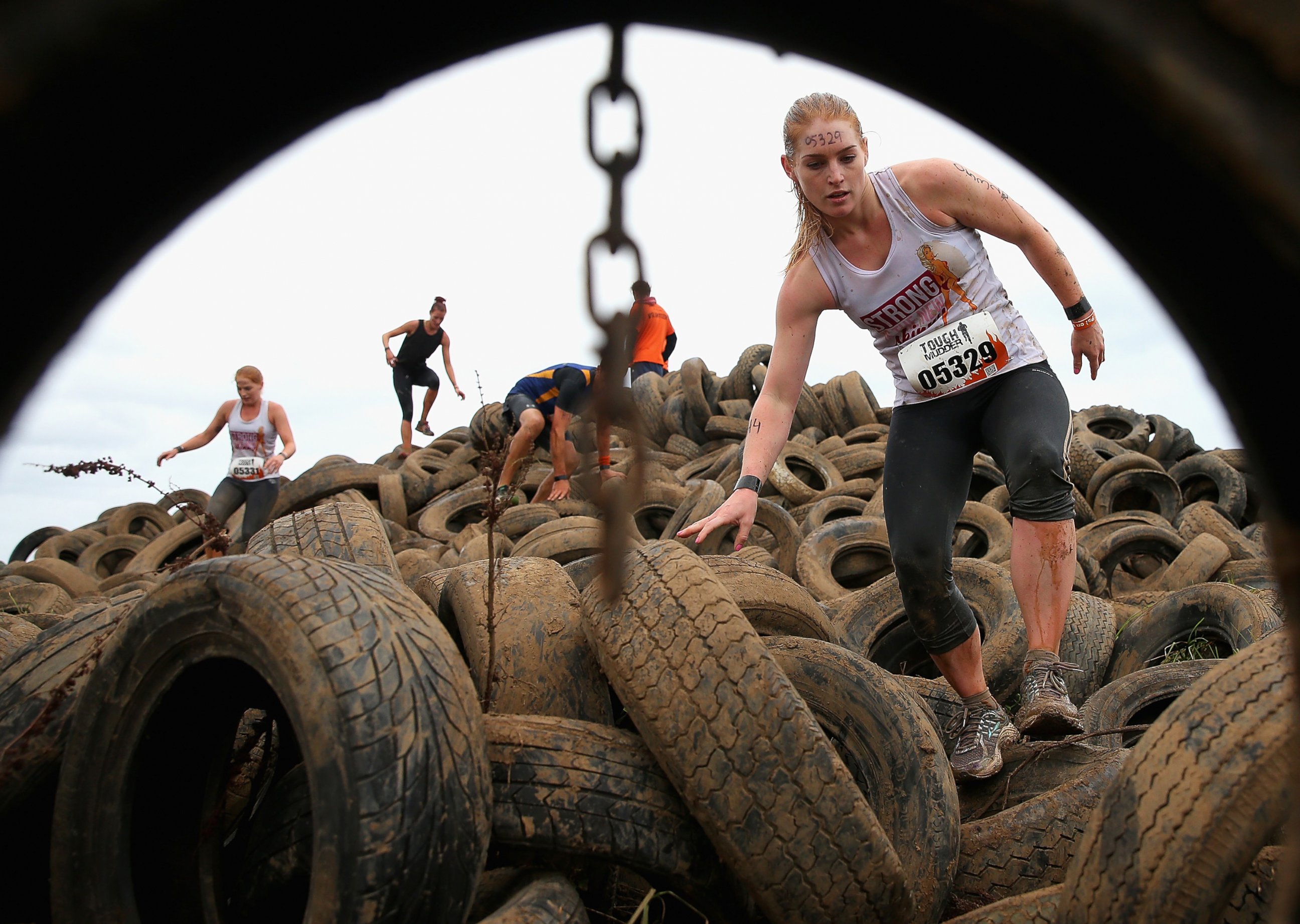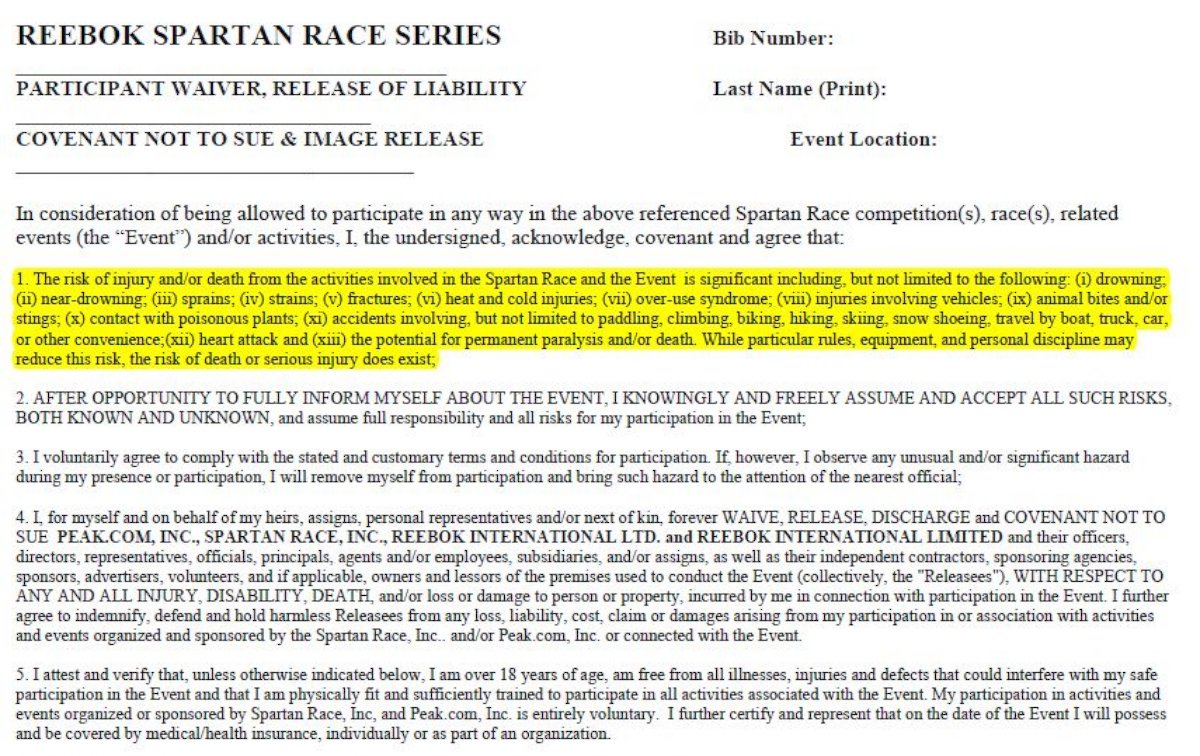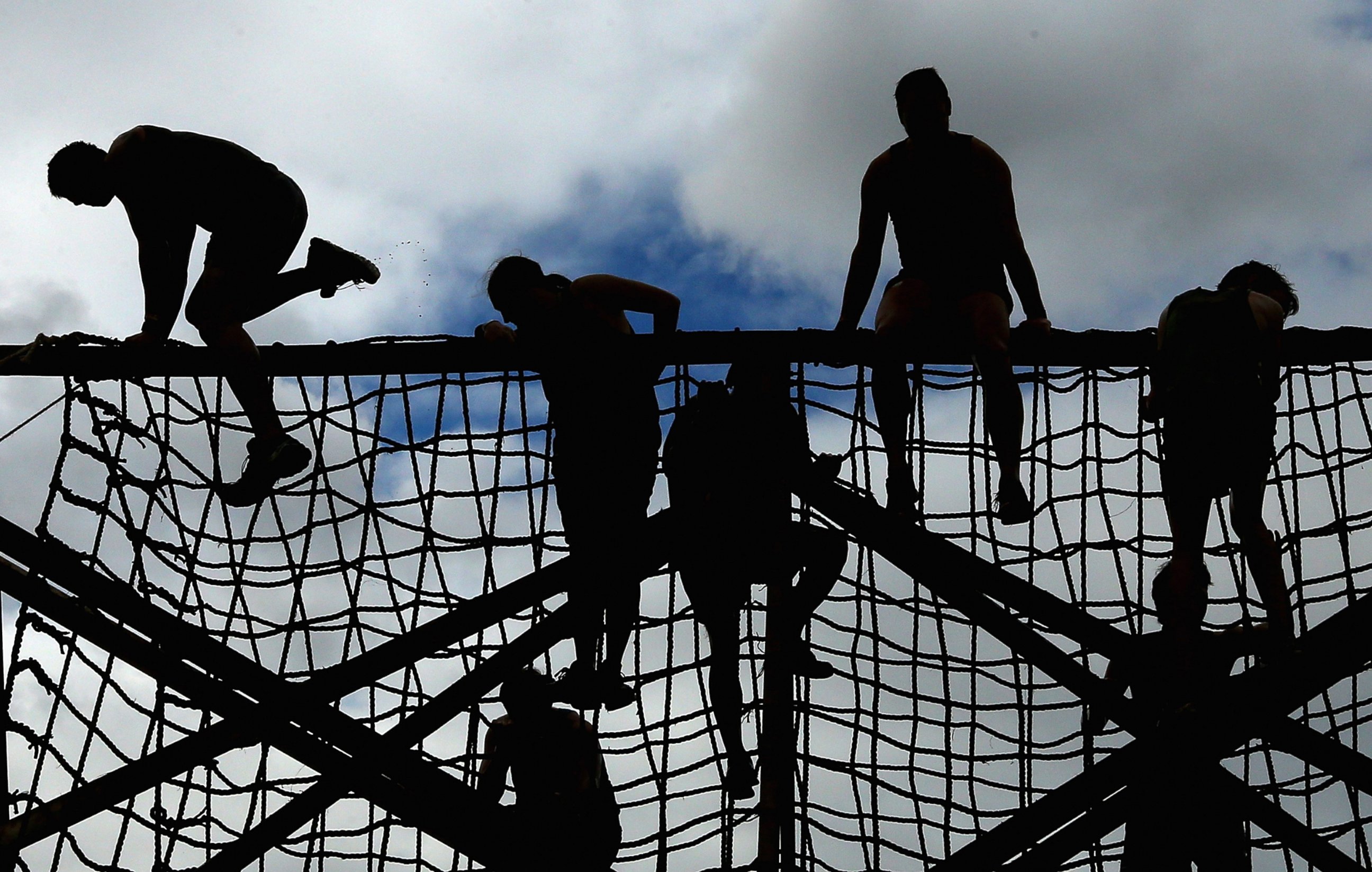The Hidden Cost Of Extreme Obstacle Races
What price would your body pay to prove how tough you are?
May 8, 2014— -- Despite their hefty price tags and reports of bloody diarrhea and even deaths, obstacle races like Spartan Race, Tough Mudder and Warrior Dash are seeing a surge in popularity.
But doctors say obstacle racers risk serious injuries that are rarely seen in traditional races for bragging rights. They expect to see sprains, scrapes and even the occasional heart attack after marathons and triathlons, but say they see more acute injuries after obstacle races.
“They’re literally jumping over fire, into rock pits, diving head-first into ponds,” said Dr. Alex Diamond, a sports medicine expert at Vanderbilt University in Nashville, Tennessee. “Some of these obstacles really are just inherently dangerous.”

The problem, Diamond says, is that the races have no governing body to determine which obstacles go too far. A homepage exists for what hopes to become that body, the United States Obstacle Course Racing, but the organization is still in its infancy.
Here, a selection of potential obstacle race health hazards and tips for how to stay safe.


The list of injuries has some doctors questioning the purpose of obstacle racing, which they say carries few if any fitness advantage over other, safer runs.
“Boot camp is going to show you a little bit of a taste of what life is like when you are in combat. But these Tough Mudders, they don’t train you for anything,” said Robert Truax, a doctor of osteopathy at UH Case Medical Center in Cleveland.
Race participants are sometimes non-athletes who don’t take training seriously, said Mark Courtney, a board member of the American Medical Athletic Association. He said the races cost somewhere in the neighborhood of $150, and the companies that run them require participants to sign liability waivers.
Although almost all athletic races require waivers, some obstacle race promoters use the most serious risks as part of their marketing strategies. For example, Spartan Race holds two “Spartan Death Races” a year.
To keep safe, Truax said racers should take their time to complete each obstacle. But that can be hard for people to remember during an adrenaline-fueled event.
“Winning is not the goal,” Truax said. “Crossing the finish line standing upright is the goal.”
Neither Spartan Race nor Tough Mudder responded to request for comment.




